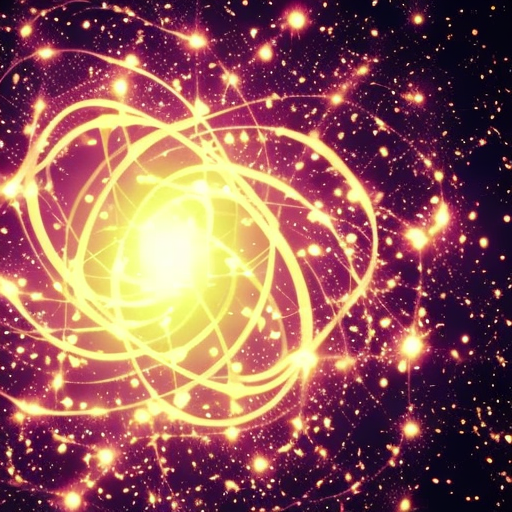Summary:
Orbital mechanics is the branch of physics that deals with the motion of objects in space. It involves the study of how objects move under the influence of gravity and other forces. Understanding orbital mechanics is crucial for space exploration, satellite deployment, and other space-related activities. This summary provides an overview of the key concepts and principles of orbital mechanics.
Introduction:
Orbital mechanics is based on Isaac Newton’s laws of motion and his law of universal gravitation. According to these laws, any two objects with mass exert a gravitational force on each other. In the context of orbital mechanics, this force is responsible for the motion of objects in space.
Kepler’s Laws of Planetary Motion:
Johannes Kepler formulated three laws that describe the motion of planets around the Sun. These laws are fundamental to understanding orbital mechanics. Kepler’s first law, also known as the law of ellipses, states that planets move in elliptical orbits with the Sun at one of the foci. The second law, the law of equal areas, states that a line connecting a planet to the Sun sweeps out equal areas in equal time intervals. Kepler’s third law, the law of harmonies, relates the orbital period of a planet to its average distance from the Sun.
Orbital Elements:
To fully describe an orbit, a set of orbital elements is used. These elements include the semi-major axis, eccentricity, inclination, longitude of the ascending node, argument of periapsis, and true anomaly. The semi-major axis represents the average distance of an object from the central body. Eccentricity describes the shape of the orbit, with values ranging from 0 (circular) to 1 (parabolic). Inclination is the angle between the orbital plane and a reference plane. The longitude of the ascending node is the angle between the reference plane and the point where the orbit crosses it. The argument of periapsis is the angle between the ascending node and the point of closest approach to the central body. Finally, the true anomaly represents the angle between the periapsis and the current position of the object.
Hohmann Transfer:
The Hohmann transfer is a maneuver used to transfer a spacecraft between two circular orbits. It involves two engine burns: one to raise the spacecraft’s orbit and another to lower it into the desired orbit. The Hohmann transfer is the most fuel-efficient way to transfer between two orbits.
Orbital Maneuvers:
In addition to the Hohmann transfer, there are other orbital maneuvers used in space missions. These include the bi-elliptic transfer, which involves two elliptical orbits, and the gravity assist, which utilizes the gravitational pull of a planet or moon to alter a spacecraft’s trajectory. Orbital maneuvers require careful calculations to ensure the desired outcome.
Orbital Perturbations:
Orbits are not perfectly stable due to various perturbations. These perturbations can be caused by the gravitational influence of other celestial bodies, atmospheric drag, solar radiation pressure, and more. To account for these perturbations, orbital mechanics calculations often involve complex models and simulations.
Conclusion:
Orbital mechanics is a fundamental field of study in space exploration and satellite operations. It involves understanding the motion of objects in space under the influence of gravity and other forces. Kepler’s laws of planetary motion provide a foundation for describing the motion of planets and satellites. Orbital elements are used to fully describe an orbit, and orbital maneuvers are employed to transfer between orbits. Despite the challenges posed by orbital perturbations, orbital mechanics allows scientists and engineers to accurately predict and control the motion of objects in space.












